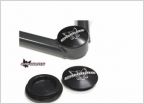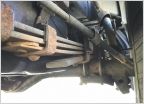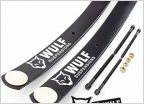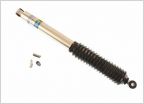-
Welcome to Tacoma World!
You are currently viewing as a guest! To get full-access, you need to register for a FREE account.
As a registered member, you’ll be able to:- Participate in all Tacoma discussion topics
- Communicate privately with other Tacoma owners from around the world
- Post your own photos in our Members Gallery
- Access all special features of the site
Shock valving for dummies
Discussion in 'Suspension' started by WendyTaco, Sep 25, 2016.
Page 1 of 2
Page 1 of 2


 Tuff country UCA?
Tuff country UCA? Is my rear suspension shot?
Is my rear suspension shot? WULF AAL good enough for free?
WULF AAL good enough for free? 2nd gen Rear shock options WITH lengths
2nd gen Rear shock options WITH lengths 1st Gen Shock Problem
1st Gen Shock Problem Moog K80811 Ball Joint Alternatives
Moog K80811 Ball Joint Alternatives







































































